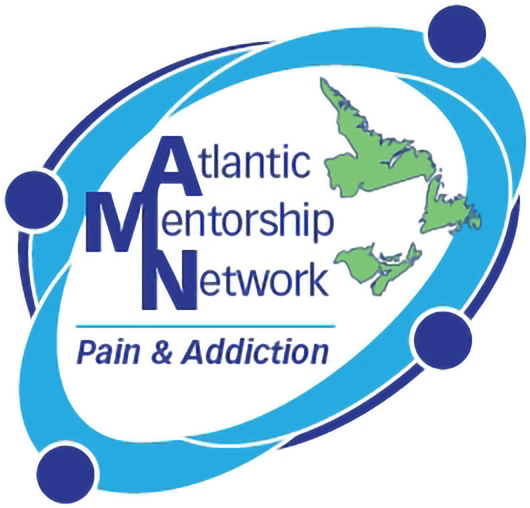Competencies
Foundational
1 Understand risk factors, risk stratification, and risk management
Learning Objectives
- Understand how trauma, adverse childhood events (ACE), and other risk factors are predisposing factors for the development of addiction and chronic pain
- Understand how upstream and downstream interventions impact progression
- Recognize how “worse-case scenario” thinking impacts the experience of pain and contributes to the development of chronic pain
Recommended Resources
- Fiebich BL, Akter S, Akundi RS. (2014). The Two-hit hypothesis for neuroinflammation: Role of exogenous ATP in modulating inflammation in the brain (Article)
The role of P2 receptors, to which ATP binds, in modulating inflammatory reactions during neurodegeneration.
- Brain Story Certification (Free, Self-directed course)
Understand brain development and its consequences for lifelong health.
- Adverse Childhood Experiences (ACEs): Interventions to Prevent and Mitigate the Impact of ACEs in Canada (Document)
A review of public health approaches to prevent or mitigate the impact of ACEs in Canadian children, youth, and families.
- Let’s talk about opioids (Videos)
A collection of resources and short videos on Safe Use, Recognizing Overdose, and Treatment of Overdose and Addiction.
- Kahan, M., Mailis-Gagnon, A., Wilson, L., & Srivastava, A. (2011). Canadian guideline for safe and effective use of opioids for chronic noncancer pain. Part 1: general population. (Article)
This review provides a practical clinical summary for family physicians of the Canadian Guideline for Safe and Effective Use of Opioids for Chronic Non-Cancer Pain.
- Kahan, M., Wilson, L., Mailis-Gagnon, A., & Srivastava, A. (2011). Canadian guideline for safe and effective use of opioids for chronic noncancer pain. Part 2: special populations. (Article)
This review provides a practical clinical summary for family physicians of opioid prescribing for specfiic populations based on recommendations from the Canadian Guideline for Safe and Effective Use of Opioids for Chronic Non-Cancer Pain.
2 Understand the natural progression of a substance use disorder
Learning Objectives
- Understand how trauma, adverse childhood events (ACE), and other risk factors are predisposing factors for the development of addiction and chronic pain
- Understand how upstream and downstream interventions impact progression
- Recognize how “worse-case scenario” thinking impacts the experience of pain and contributes to the development of chronic pain
Recommended Resources
- Fiebich BL, Akter S, Akundi RS. (2014). The Two-hit hypothesis for neuroinflammation: Role of exogenous ATP in modulating inflammation in the brain (Article)
The role of P2 receptors, to which ATP binds, in modulating inflammatory reactions during neurodegeneration.
- Brain Story Certification (Free, Self-directed course)
Understand brain development and its consequences for lifelong health.
- Adverse Childhood Experiences (ACEs): Interventions to Prevent and Mitigate the Impact of ACEs in Canada (Document)
A review of public health approaches to prevent or mitigate the impact of ACEs in Canadian children, youth, and families.
- Let’s talk about opioids (Videos)
A collection of resources and short videos on Safe Use, Recognizing Overdose, and Treatment of Overdose and Addiction.
- Dubin, R., Clarke, H., & Kahan, M. (2017). The risks of opioid tapering or rapid discontinuation.
Canadian Family Physician. (Blog Post)
Reviews associated risks of opioid tapering or rapid discontinuation.
3 Understand how neurobiological systems influence the development of chronic pain and addiction
Learning Objectives
- Explain how reward systems work
- Understand why reward systems work
4 Be culturally sensitive, adapting prevention strategies
Learning Objectives
- Recognize and respond appropriately when cultural marginalization is uncovered, and prevention strategies are developed
Advanced
Under Development






